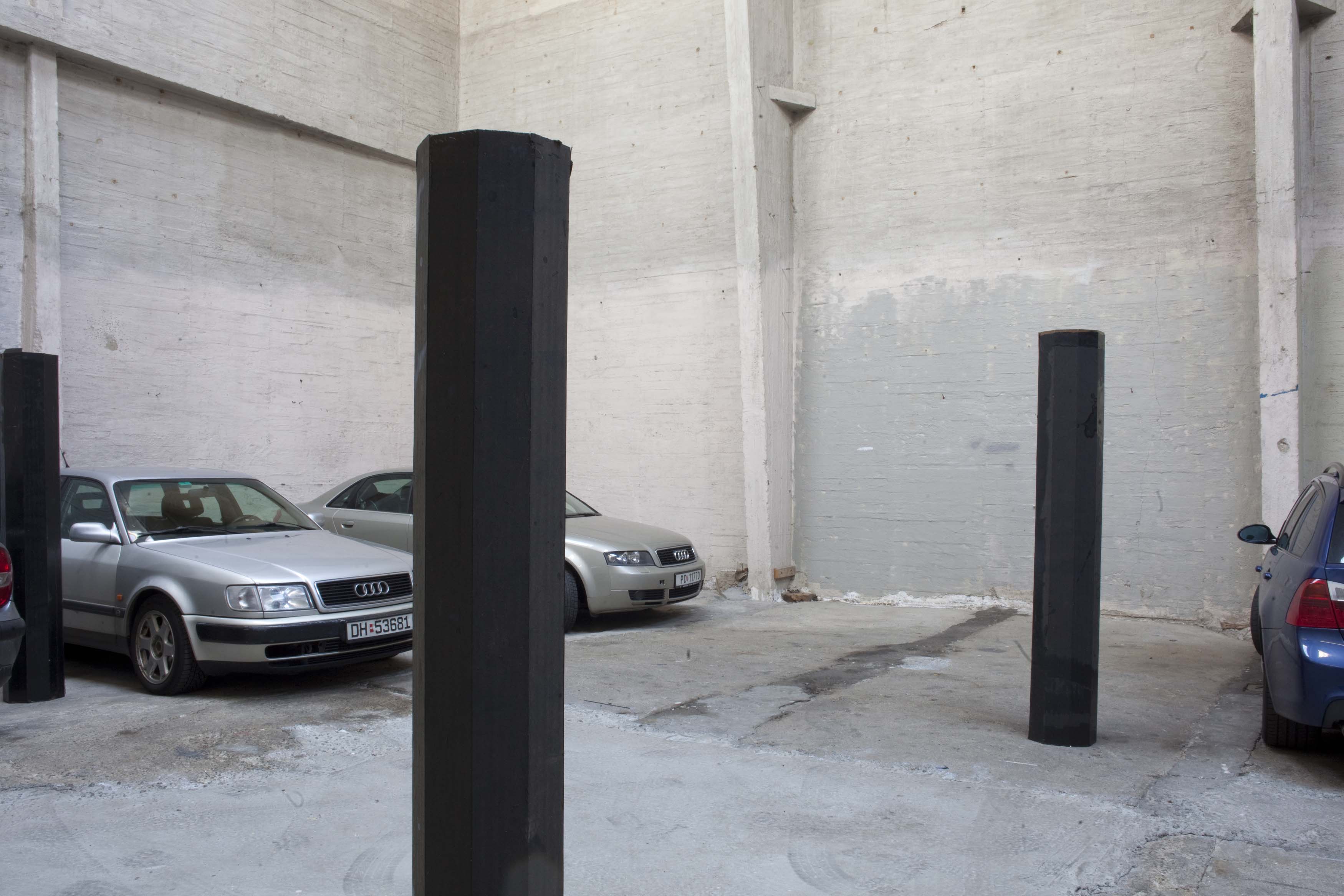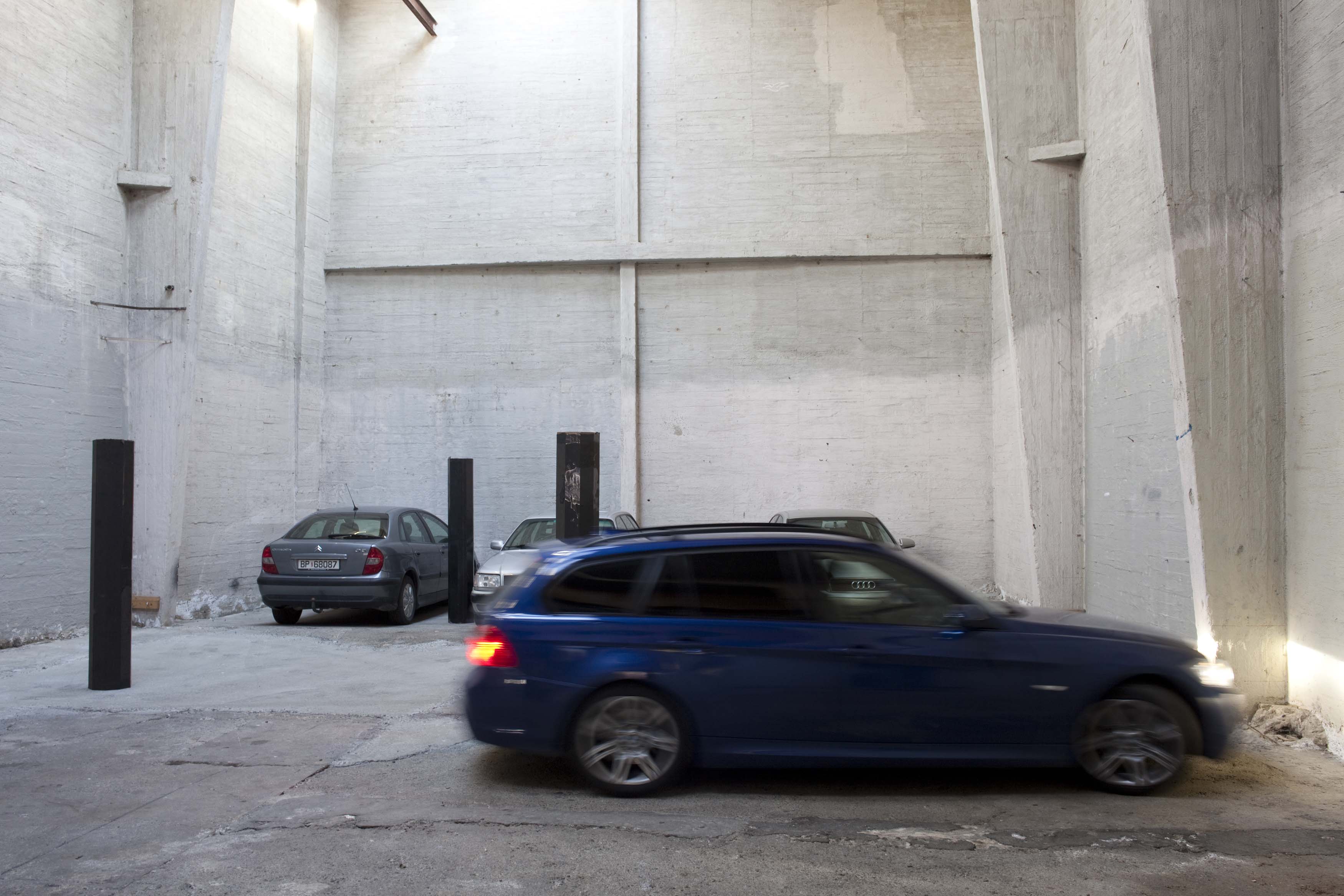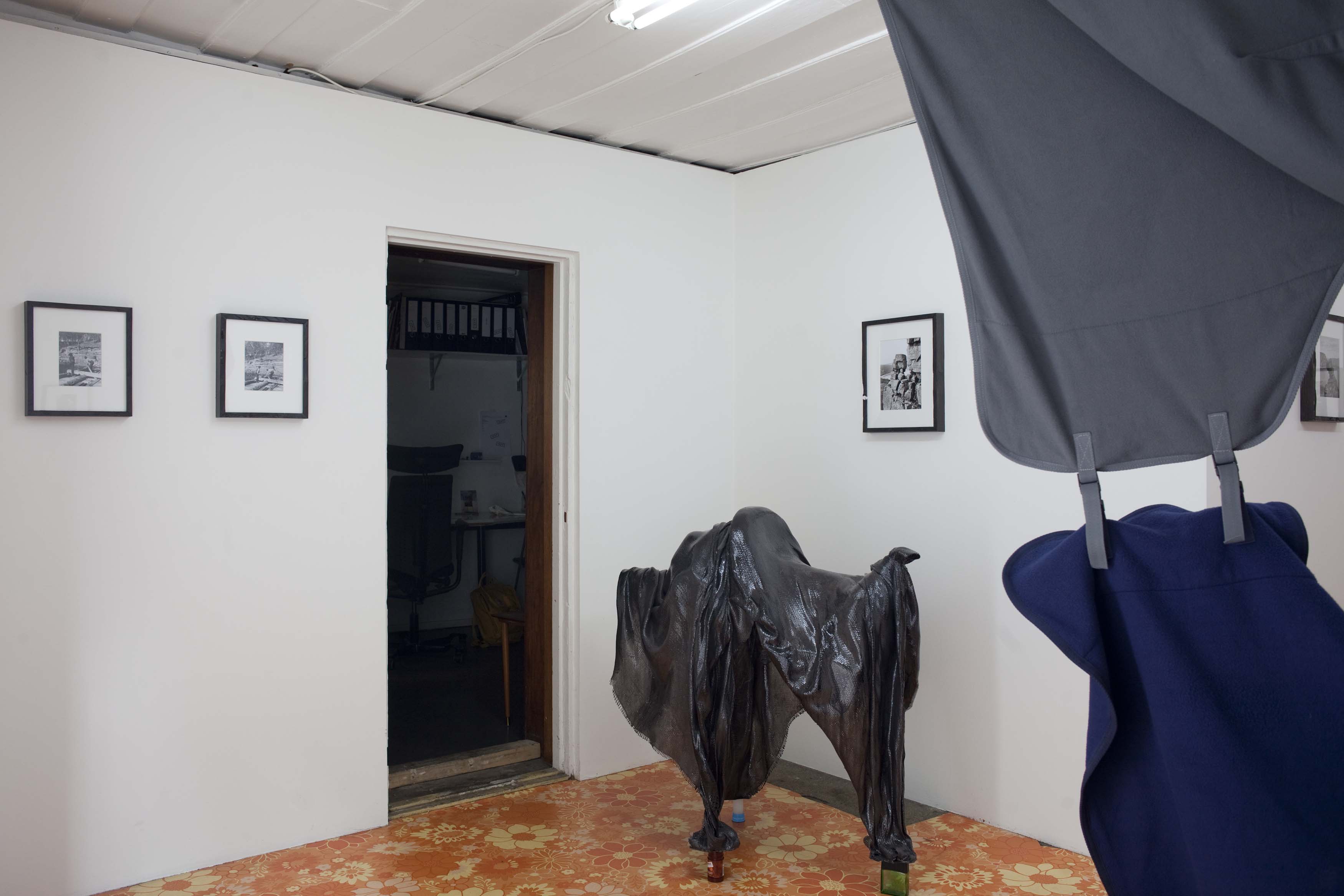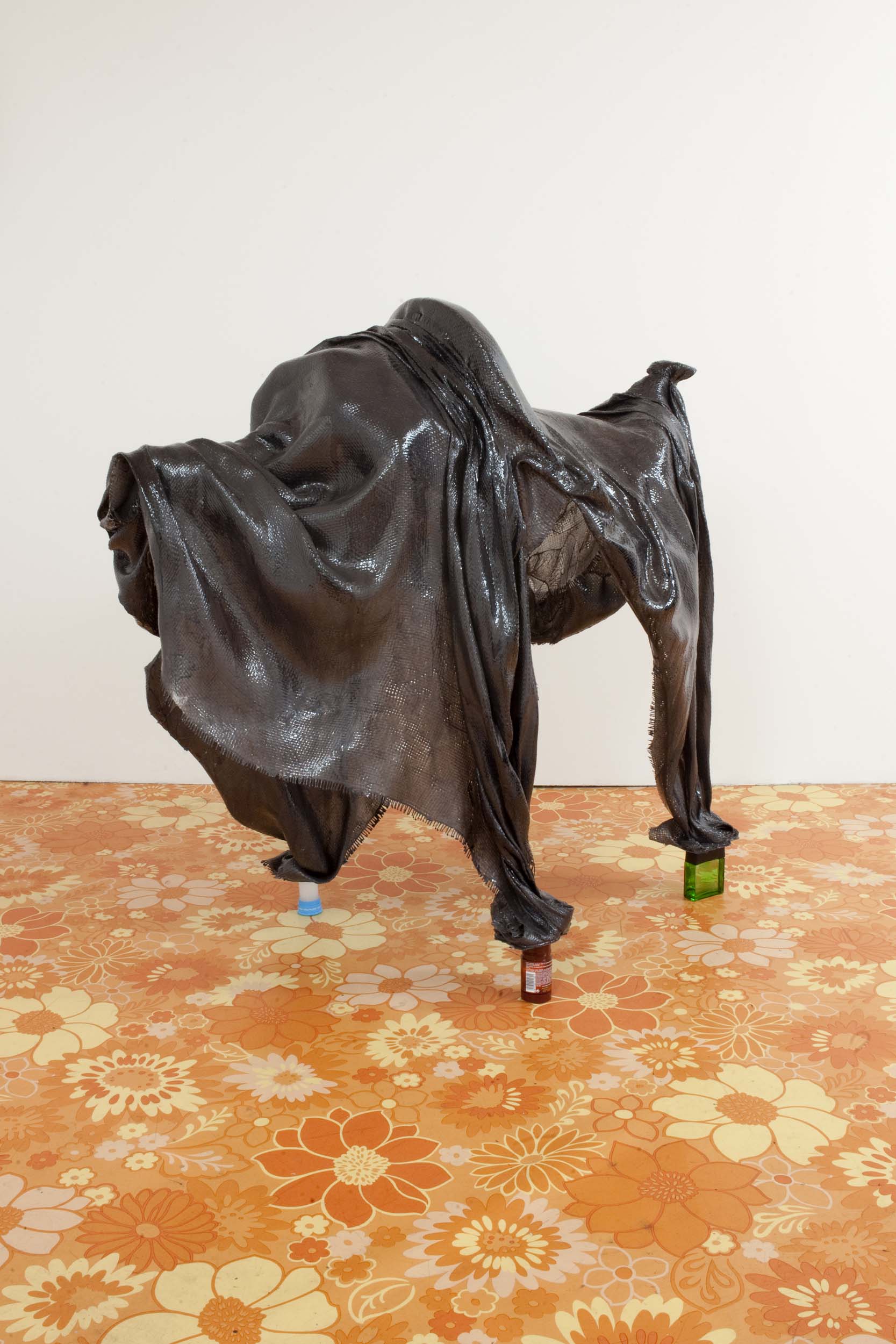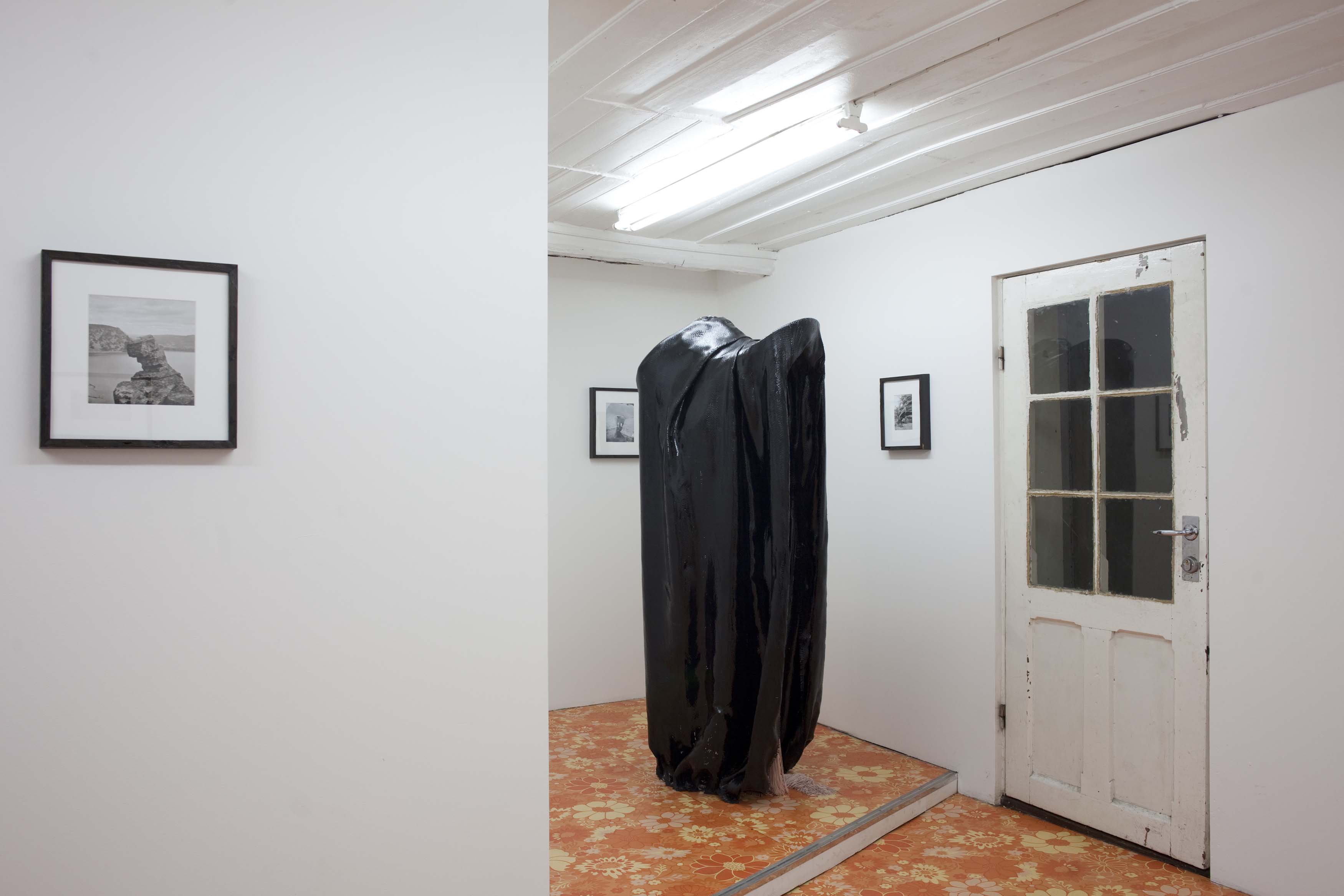CLOSE
2024
Heidi Horten Museum, Vienna, Austria (forthcoming)
PPC, Frankfurt, Germany (forthcoming)
06.08-08.10.2024
Skulptur Projekte Stockholm
Beau Travail
Stockholm, Sweden
Skulptur Projekte Stockholm
Beau Travail
Stockholm, Sweden
05.23-07.27.2024
Our Porcelain Thoughts
DREI
Cologne, Germany
Our Porcelain Thoughts
DREI
Cologne, Germany
11.04-05.18.2024
Dark Glasses
Layr
Vienna
Dark Glasses
Layr
Vienna
2023
15.12.2023 – 07.04.2024
Your and your vim
Aspen Art Museum
Colorado, USA
Your and your vim
Aspen Art Museum
Colorado, USA
02.09.2023-07.01.2024
Good Year
MARTa Museum Herford
Herford, Germany
Good Year
MARTa Museum Herford
Herford, Germany
03.05-14.06.2023
Nature wills it
The Ranch
Montauk, New York
Nature wills it
The Ranch
Montauk, New York
04.11-10.12.2022
Apple Red Cranberry House
Bortolami
New York
Apple Red Cranberry House
Bortolami
New York
27.08-11.12.2022
Forest Through The Trees
Laumeier Sculpture Park
St. Louis, Missouri
Forest Through The Trees
Laumeier Sculpture Park
St. Louis, Missouri
2022
30.04-30.07.2022
Auf dem Asphalt botanisieren gehen
Klosterfelde Edition
Berlin
Auf dem Asphalt botanisieren gehen
Klosterfelde Edition
Berlin
30.04-11.06.2022
Looking Through the Threshold
carlier gebauer
Berlin
Looking Through the Threshold
carlier gebauer
Berlin
17.02-28.10.2022
ALDO ROSSI’S SLEEPING ELEPHANT
Belvedere
Vienna, Austria
ALDO ROSSI’S SLEEPING ELEPHANT
Belvedere
Vienna, Austria
2021
26.10.2021–29.01.2022
Lives of an Object
ARCH
Athens, Greece
Lives of an Object
ARCH
Athens, Greece
12.06.-17.10.2021
Lichtenfels Sculpture
Austria
Lichtenfels Sculpture
Austria
28.04.-20.06.2021
I Think I Look More like the Chrysler Building
Vleeshal
Middelburg
I Think I Look More like the Chrysler Building
Vleeshal
Middelburg
27.03.2021-28.03.2021
Friend of a Friend
Warsaw
Poland
Friend of a Friend
Warsaw
Poland
2020
09.12.2020-30.01.2021
Babysteps into Masochism
Emanuel Layr
Vienna, Austria
Babysteps into Masochism
Emanuel Layr
Vienna, Austria
10.09.2020-07.11.2020
Fate of a cell / Η Τύχη ενός Κυττάρου
Martinos
Athens
Fate of a cell / Η Τύχη ενός Κυττάρου
Martinos
Athens
19.09.2020-31.10.2020
Ice to Gas
Pedro Cera
Lisbon
Ice to Gas
Pedro Cera
Lisbon
11.09.2020-17.19.2020
Various Others
Sperling, München
Munich, Germany
Various Others
Sperling, München
Munich, Germany
09.11.2019-08.03.2020
R.M.M. Rockefeller Center
Rockefeller Center
New York, NY
R.M.M. Rockefeller Center
Rockefeller Center
New York, NY
09.11.2019-08.03.2020
L’homme qui marche
Kunsthalle Bielefeld
Bielefeld, Germany
L’homme qui marche
Kunsthalle Bielefeld
Bielefeld, Germany
2019
27.09.2019―26.01.2020
My Fetish Years
Museum für Gegenwartskunst
Siegen, Germany
My Fetish Years
Museum für Gegenwartskunst
Siegen, Germany
11.01.―16.02.2019
Germanic Artifacts
Bortolami
New York, USA
Germanic Artifacts
Bortolami
New York, USA
2018
13.10.―22.12.2018
Positioner
Matthew Marks
Los Angeles, USA
Positioner
Matthew Marks
Los Angeles, USA
15.05.―21.07.2018
THEMOVE
Emanuel Layr Gallery
Vienna, Austria
THEMOVE
Emanuel Layr Gallery
Vienna, Austria
03.03.―13.05.2018
An Idea of Late German Sculpture; To The People Of New York, 2018
Kunsthalle Zürich
Zürich, Switzerland
An Idea of Late German Sculpture; To The People Of New York, 2018
Kunsthalle Zürich
Zürich, Switzerland
09.03.―22.07.2018
Between The Waters
Whitney Museum of Art
New York, USA
Between The Waters
Whitney Museum of Art
New York, USA
17.03.―28.04.2018
Embrassade
Fons Welters
Amsterdam, Netherlands
Embrassade
Fons Welters
Amsterdam, Netherlands
2017
19.01.―08.04.2017
Year Of The Monkey
Galerie Emanuel Layr
Rome, Italy
Year Of The Monkey
Galerie Emanuel Layr
Rome, Italy
28.04.―30.07.2017
SCHREI MICH NICHT AN, KRIEGER!
Schirn Kunsthalle
Frankfurt, Germany
SCHREI MICH NICHT AN, KRIEGER!
Schirn Kunsthalle
Frankfurt, Germany
09.04.―30.05.2017
Vertical Gardens
Antenna Space
Shanghai, China
Vertical Gardens
Antenna Space
Shanghai, China
03.06.―03.09.2017
Die Kommenden
Sprengel Museum
Hannover, Germany
Die Kommenden
Sprengel Museum
Hannover, Germany
14.09.―25.10.2017
in awe
Kunsthalle Exnergasse
Vienna, Austria
in awe
Kunsthalle Exnergasse
Vienna, Austria
06.2017
Art Basel Parcours
Art Basel
Basel, Switzerland
Art Basel Parcours
Art Basel
Basel, Switzerland
2016
07.06.―11.09.2016
Outrageous Acts and Everyday Rebellions
Kaufmann Repetto
Milan, Italy
Outrageous Acts and Everyday Rebellions
Kaufmann Repetto
Milan, Italy
28.01.―27.02.2016
RUN, RUN, RUNWAY
Golsa
Oslo, Norway
RUN, RUN, RUNWAY
Golsa
Oslo, Norway
27.02.―26.03.2016
Heartbreak Highway
Real Fine Arts
New York, USA
Heartbreak Highway
Real Fine Arts
New York, USA
17.06.―27.08.2016
My History of Flow
S.A.L.T.S.
Basel, Switzerland
My History of Flow
S.A.L.T.S.
Basel, Switzerland
04.07.―16.09.2016
fat center trash land 1―7, 2016
Small scale Sculpture triennial Fellbach
Fellbach, Germany
fat center trash land 1―7, 2016
Small scale Sculpture triennial Fellbach
Fellbach, Germany
09.09.―05.11.2016
Fieber
Emanuel Layr Gallery
Wien, Austria
Fieber
Emanuel Layr Gallery
Wien, Austria
04.07.―16.09.2016
In Bed with M/L Artspace
9th Berlin Biennale
Berlin, Germany
In Bed with M/L Artspace
9th Berlin Biennale
Berlin, Germany
03.12.2016―12.02.2017
Available Light
Kunstverein Braunschweig
Braunschweig, Germany
Available Light
Kunstverein Braunschweig
Braunschweig, Germany
2015
2015
Surrounding Audience
The New Museum Triennial
New York, USA
Surrounding Audience
The New Museum Triennial
New York, USA
09.2015
Emerging Artist Fellowship Exhibition
Queens
New York, USA
Emerging Artist Fellowship Exhibition
Queens
New York, USA
26.02.―04.04.2015
Looking at you (revived) again
Off Vendom
New York, USA
Looking at you (revived) again
Off Vendom
New York, USA
28-05.―16.05.2015
One step away from further Hell
Vilma Gold
London, UK
One step away from further Hell
Vilma Gold
London, UK
23.11.2015―08.01.2016
National Gallery 2―Empire Map
Chewday’s
London, UK
National Gallery 2―Empire Map
Chewday’s
London, UK
22.02.―05.04.2015
The problem today is not the other but the self
MINI/Goethe-Institut Ludlow 38
New York, USA
The problem today is not the other but the self
MINI/Goethe-Institut Ludlow 38
New York, USA
2014
09.05.2014-19.07.2014
Warm Math
Balice Hertling, New York
New York
Warm Math
Balice Hertling, New York
New York
05.2014
Frieze New York
Frieze Art Fair at Randall’s Island
New York, USA
Frieze New York
Frieze Art Fair at Randall’s Island
New York, USA
02.05.―07.06.2014
Bloomington: Mall Of America
Bortolami Gallery
New York, USA
Bloomington: Mall Of America
Bortolami Gallery
New York, USA
27.04.―01.06.2014
YES, I’M PREGNANT
Skulpturen museum Glaskasten
Marl, Germany
YES, I’M PREGNANT
Skulpturen museum Glaskasten
Marl, Germany
22.03.―17.05.2014
Geburt und Familie
White Flag Projects
Saint Louis, USA
Geburt und Familie
White Flag Projects
Saint Louis, USA
08.―09.2014
Piracanga Freedom?
Two Hotel, Piracanga Beach
Bahia, Brazil
Piracanga Freedom?
Two Hotel, Piracanga Beach
Bahia, Brazil
06.06.―14.08.2014
Chat Jet (Part 2), Sculpture in Reflection
Künstlerhaus KM
Austria
Chat Jet (Part 2), Sculpture in Reflection
Künstlerhaus KM
Austria
06.06.―03.08.2015
Revelry
Kunsthalle Bern
Bern, Switzerland
Revelry
Kunsthalle Bern
Bern, Switzerland
13.09.―18.10.2014
DIE
Parisa Kind
Frankfurt, Germany
DIE
Parisa Kind
Frankfurt, Germany
2013
14.12.2013-08.02.2014
Soft Wear
Sandy Brown
Berlin
Soft Wear
Sandy Brown
Berlin
24.02.―21.04.2013
From One Artist To Another
Kunstverein Wiesbaden
Germany
From One Artist To Another
Kunstverein Wiesbaden
Germany
13.09.―18.10.2013
On Thomas Bayrle
The Artist’s Institute
New York, USA
On Thomas Bayrle
The Artist’s Institute
New York, USA
05.2013
The Doors
Skulpturenpark Köln
Köln, Germany
The Doors
Skulpturenpark Köln
Köln, Germany
27.06.―09.08.2013
Freak Out
Greene Naftali Gallery
New York, USA
Freak Out
Greene Naftali Gallery
New York, USA
27.09.―09.11.2013
Love of Technology
Museum of Contemporary Art
North Miami, USA
Love of Technology
Museum of Contemporary Art
North Miami, USA
2012
05.02.2012-22.04.2012
Hang Harder
Neuer Aachener Kunstverein
Aachen, Germany
Hang Harder
Neuer Aachener Kunstverein
Aachen, Germany
12.2012
Lena Henke: First Faces, book launch at Karma Books, New York
Karma
New York, NY
Lena Henke: First Faces, book launch at Karma Books, New York
Karma
New York, NY
13.01.2012-19.02.2012
If I had eight hours to chop down a tree, I would spend six sharpening my axe
Kunstraum Riehen
Basel, Switzerland
If I had eight hours to chop down a tree, I would spend six sharpening my axe
Kunstraum Riehen
Basel, Switzerland
01.06.―29.07.2012
Core, Cut, Care
Oldenburger Kunstverein
Germany
Core, Cut, Care
Oldenburger Kunstverein
Germany
14.09.―21.10.2012
H․ H․ Bennett, Lena Henke and Cars
1857
Oslo, Norway
H․ H․ Bennett, Lena Henke and Cars
1857
Oslo, Norway
2011
15.06.―07.08.2011
Andrei Koschmieder puts
Real Fine Arts
New York, NY
Andrei Koschmieder puts
Real Fine Arts
New York, NY
23.04.―18.06.2011
Schlangen im Stall, “snakes in the barn”
Galerie Parisa Kind Frankfurt
Frankfurt am Main, Germany
Schlangen im Stall, “snakes in the barn”
Galerie Parisa Kind Frankfurt
Frankfurt am Main, Germany
2010
05.2010
WIR UEBER UNS
Neue Alte Bruecke Frankfurt
Frankfurt am Main, Germany
WIR UEBER UNS
Neue Alte Bruecke Frankfurt
Frankfurt am Main, Germany
08.2010
you have four eyes, (First ladies)
V 8
Karlsruhe, Germany
you have four eyes, (First ladies)
V 8
Karlsruhe, Germany
10.2010
Scandinavian blonde
Mousonturm
Frankfurt, Germany
Scandinavian blonde
Mousonturm
Frankfurt, Germany
28.11.2009 - 23.02.2010
Stone Temple Playground Collection
Kornhauschen Aschaffenburg
Aschaffenburg, Germany
Stone Temple Playground Collection
Kornhauschen Aschaffenburg
Aschaffenburg, Germany
28.11.2009 - 23.02.2010
Tokyo Hotel und deine Mutter
Literaturhaus
Frankfurt, Germany
Tokyo Hotel und deine Mutter
Literaturhaus
Frankfurt, Germany
Close
Close
14.09.―21.10.2012
H․ H․ Bennett, Lena Henke and Cars
1857
14.09.―21.10.2012
H․ H․ Bennett, Lena Henke and Cars
1857
Oslo, Norway
An Introduction to The Beauties and Wonders
of Western Scenery
18—:
In the middle of nowhere, soon to become somewhere, the frontier was insistently forced forward amid rocks and riverbeds and pine trees and the dodging feathers of the indigenous people of America squatting in the bushes. As the civil war was wrapping up Henry Hamilton Bennett, photographer, took a picture of his crippled right hand to accompany his application for a war veteran’s disability pension.
Photography was a radical idea. The camera was the first machine to steal the world. Early photographers like Bennett were working at the frontier of imaging and would go on to change the way we see everything, including ourselves. Being among some 3000 listed photographers in the United States in 18—, Bennett had a 30-year window of professional solitude before the Kodak Box Camera was introduced to the herd.
18—:
Henry Hamilton Bennett made his career in his modest hometown of Kilbourn City, Wisconsin, and put his interests to work on the immediate surroundings, which, cut from the right angle, would manifest into spectacular images.
Columns of Stone / Carefully Arranged Boulders /
Carved Islets / Prosaic Rocks
With self-built cameras, Bennett returned to the same sites over and over to perfect his studies. He developed sensitivity for depth and drama understanding that the inclusion of human scale would add awe and wonder to the compositions. When photographing caves he sometimes constructed wooden platforms that would carry him out to a desired viewpoint. He went as far as whitewashing cave walls to allow for faster exposure.
His subjects were the natural sculptures of the landscape.
His subjects were nature’s own monuments, right in his own backyard.
His objective was to frame the sculpted subjects of the natural site.
The prints peddled by Bennett became proofs as much as mementos. The landscape soon attracted visitors who came to see the sights with their own eyes, carried on fashionable steamboats upriver to remote stretches previously the sole domains of raftsmen.
Sightseeing was born after photographers had first recorded the sights.
18—:
Bennett also pioneered another essential photographic principle. He designed and constructed an instantaneous shutter, and was in 18— among the first cameramen to capture fast moving objects and force them to stillness.
At a time when no one had seen anything but the moon and sun suspended in mid-air, his first photos were claimed to be falsifications and montages. But it was a true sensation, also to the inventor himself, when he laid eyes on the imprint of a man caught midflight between a precipice and a monument of stone. Or when the tossed ropes of the raftsmen were frozen to the negative plates like lines drawn in air.
19—:
Lena Henke is also from home, a small village somewhere in Germany.
20—:
Her group of grey, greyblack and black columns, fiberglass and suspended fabric sculptures have permanently solidified and will make moving about the photographs more difficult. And underneath their arches there is nothing, there is nothing, there is a string curtain and there is perfume and deodorant.
Note:
During the exhibition the main gallery space will be used for daytime car parking.

